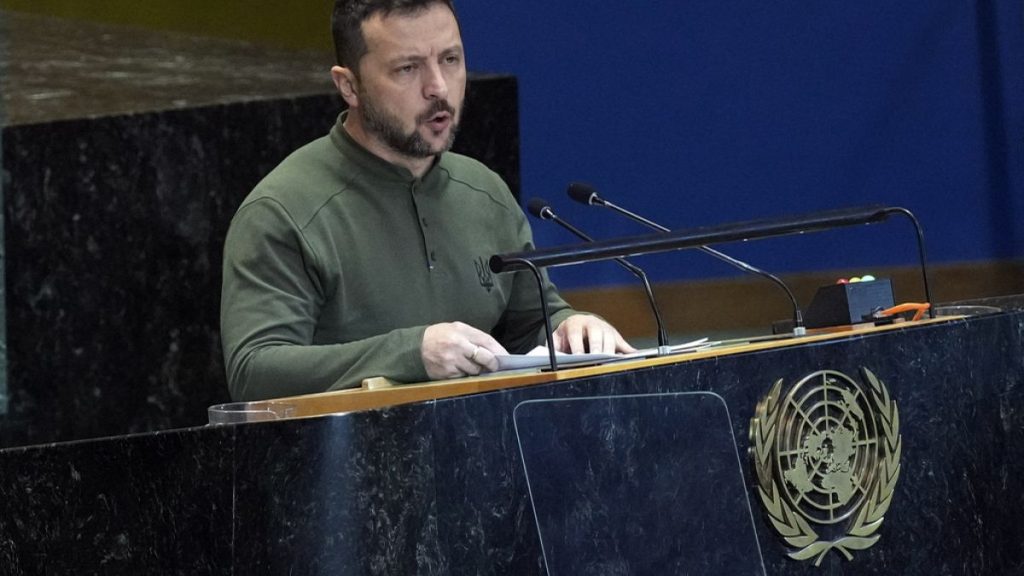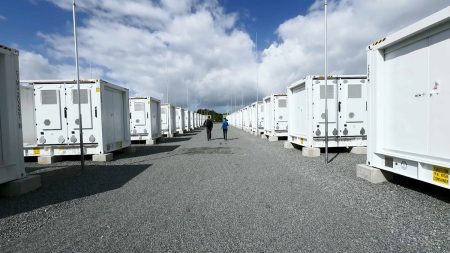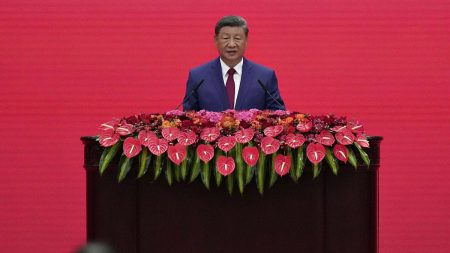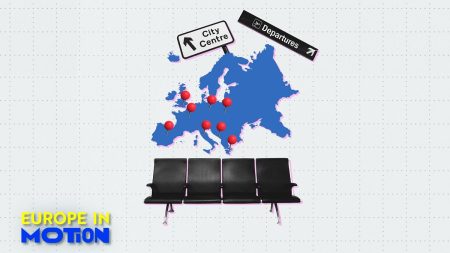Kyiv has set out a heavily offensive plan for the next few months on the battlefield, which will require significant commitment from NATO allies, especially from US President Biden. Ukrainian President Zelenskyy’s ‘victory plan’ seeks to use western weapons inside Russia and receive military support to maintain territory in Russia’s Kursk region. The goal is to use this land as a bargaining chip for future territorial negotiations with Russia. However, experts doubt that the Kremlin is ready to negotiate on sincere terms anytime soon, especially as Russia continues to exhibit aggressive behavior, such as increased mobilization of troops in the Donbass region.
Despite lobbying efforts spanning several months, Zelenskyy has not been able to convince Western partners to support the use of western weapons inside Russian territory. He is hopeful that US President Biden will back his plan, which he says is designed for quick decisions. However, it has become clear to Kyiv that allowing strikes inside Russia is too provocative and risky, with Putin warning that it would be seen as a serious escalation. Experts believe that Biden is unlikely to agree to such extreme measures, as he has always been clear about the limits of aid provided to Ukraine.
The urgency behind the offensive plan is driven by the potential change in the White House administration, with concerns that a Trump-Vance administration would show less sympathy towards Ukraine. Zelenskyy’s plan is planned for implementation from October to December, with the aim of not delaying the processes. The plan will also serve as a bridge to a second peace summit, with the potential of inviting Russia by the end of the year. Zelenskyy intends to share the plan with the US Congress and with both Presidential candidates, Kamala Harris and Donald Trump.
Zelenskyy’s plan faces skepticism from experts who question whether Western allies, particularly the US, will support such a heavily offensive strategy against Russia. The ongoing aggression from Russia, including increased troop mobilization, suggests that negotiations with the Kremlin may not be feasible in the near future. While Zelenskyy hopes for US support, it is unlikely that Biden will agree to actions that could lead to a serious escalation in the conflict. The understanding is that any decisions made will be made cautiously, considering the potential consequences and risks involved.
The complexity of the situation is further compounded by the challenges of negotiating with a Kremlin that shows no signs of moderating its aggressive behavior. Zelenskyy’s plan to use territory in Russia as leverage for negotiations may face resistance from Putin and his government, who may view such actions as provocations. The dynamics of the conflict and the geopolitical landscape suggest that Zelenskyy’s plan may encounter obstacles in gaining full support from Western allies. The future of the conflict in Ukraine remains uncertain, with shifting alliances and power dynamics playing a key role in determining the course of action to be taken.
In conclusion, Kyiv’s heavily offensive plan for the coming months signals a proactive approach to the conflict with Russia, but faces challenges in gaining full support from Western allies. The skepticism from experts and the cautious approach from the US administration suggest that Zelenskyy’s plan may not receive the backing he hopes for. The urgency behind the offensive plan, driven by concerns about a potential change in the White House administration, adds another layer of complexity to the situation. As negotiations and strategic decisions unfold in the coming months, the future of the conflict in Ukraine remains uncertain, with many factors at play shaping the outcomes.













